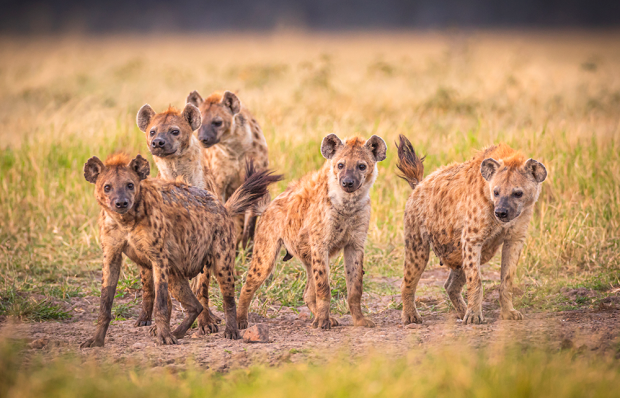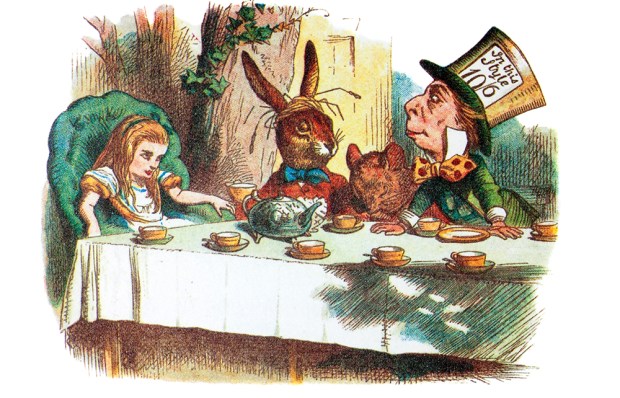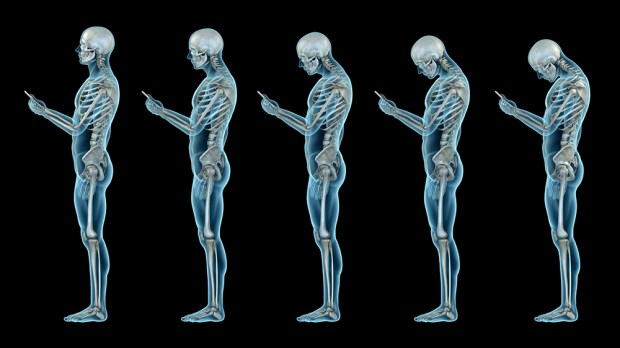I saw an advertisement for Active Gold Collagen, and I realised I didn’t know what collagen means. My husband just laughed and said, ‘Horse hides,’ but this seemed unfair since the small print on the website of Boots (which sells it) said: ‘Does not contain porcine, bovine or other animal sources.’ I thought that odd, because the Oxford English Dictionary definition of collagen is: ‘A protein which is present in the form of fibres as a major constituent of bone, tendons, and other connective tissue and which yields gelatin on boiling and leather on tanning.’
So where did the makers get the collagen? Further down in the Boots small print it said: ‘This product contains hydrolysed collagen derived from fish.’ Is a fish not an animal? Active Gold Collagen’s own site says that the fish involved are ‘farmed tilapia and pangasius fish’. Marks & Spencer is very keen on pangasius, a sort of catfish, as part of its ‘Forever fish’ sustainable fish project.
Active Gold Collagen is meant to ‘promote younger looking skin’, it says, and you might expect to notice some result after eight weeks. You drink it: 50ml a day. At Boots prices, eight weeks’ supply would cost £201.60. It contains no gold. Pure Gold Collagen is the same stuff, I think, but marketed for women.
Collagen comes from Greek: kolla, meaning glue, and –gen, meaning ‘producing’. Old-fashioned glue is made from boiled-up hides. Fish-glue was made from fish bladders. A purified form of fish-glue is called isinglass, a word that suddenly appeared in the 16th century, presumably as a corruption of the German hausenblase ‘sturgeon’s bladder’. Gelatine (or, as chemists spell it, gelatin) is a 19th-century name for a cheaper form of hydrolised collagen. There is a lovely website, Historic Food, on which Ivan Day shows the splendour of a medieval jelly called leach, which could be gilt, and later became known as flummery. He shows a convincing plate of bacon and eggs made from flummery, and flummery bird’s egg in a nest of lemon peel shreds encased in a clear jelly dome. It all looks better than Heston, and more fun than Active Gold Collagen.
Got something to add? Join the discussion and comment below.
Get 10 issues for just $10
Subscribe to The Spectator Australia today for the next 10 magazine issues, plus full online access, for just $10.
You might disagree with half of it, but you’ll enjoy reading all of it. Try your first month for free, then just $2 a week for the remainder of your first year.














Comments
Don't miss out
Join the conversation with other Spectator Australia readers. Subscribe to leave a comment.
SUBSCRIBEAlready a subscriber? Log in